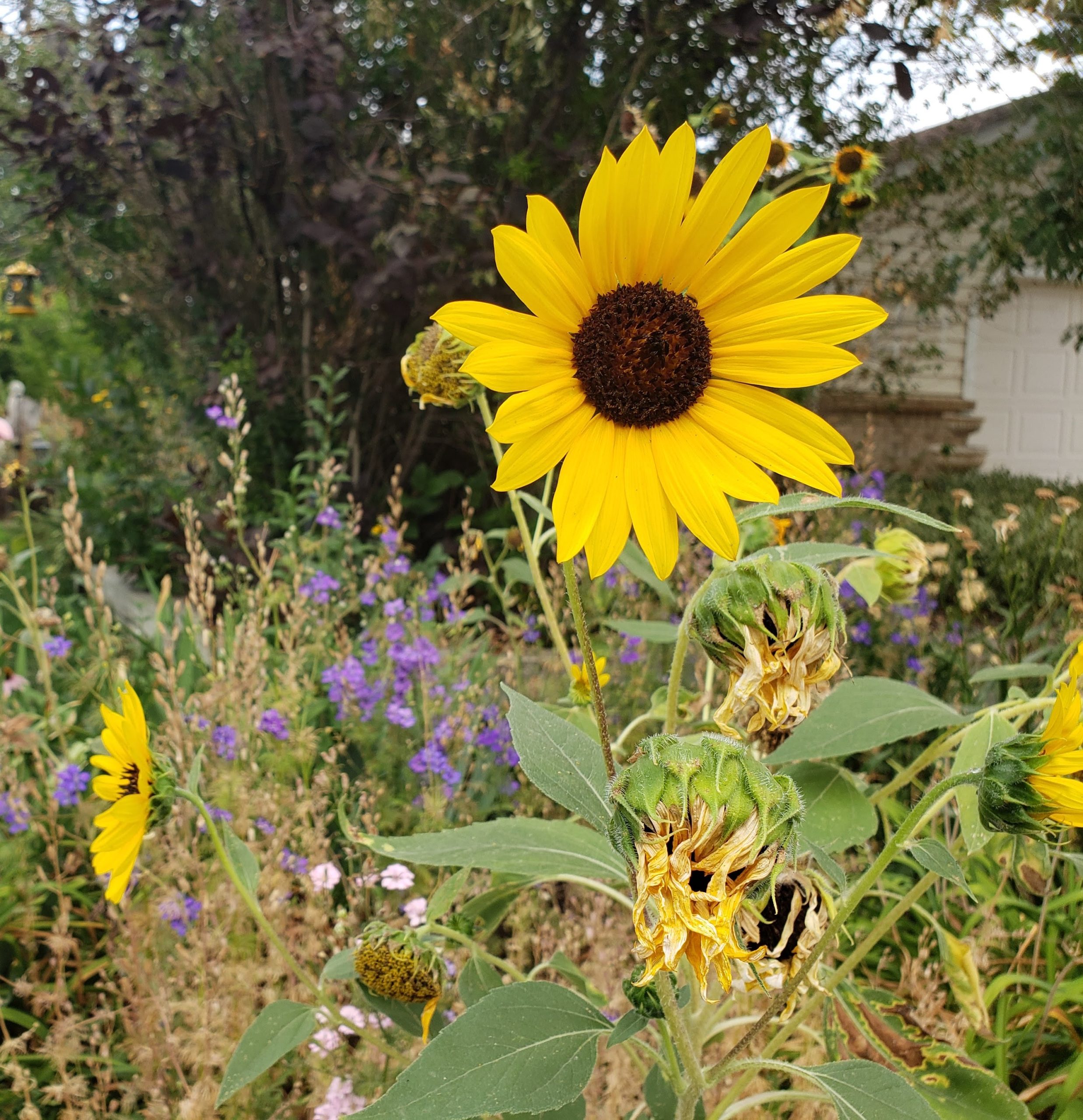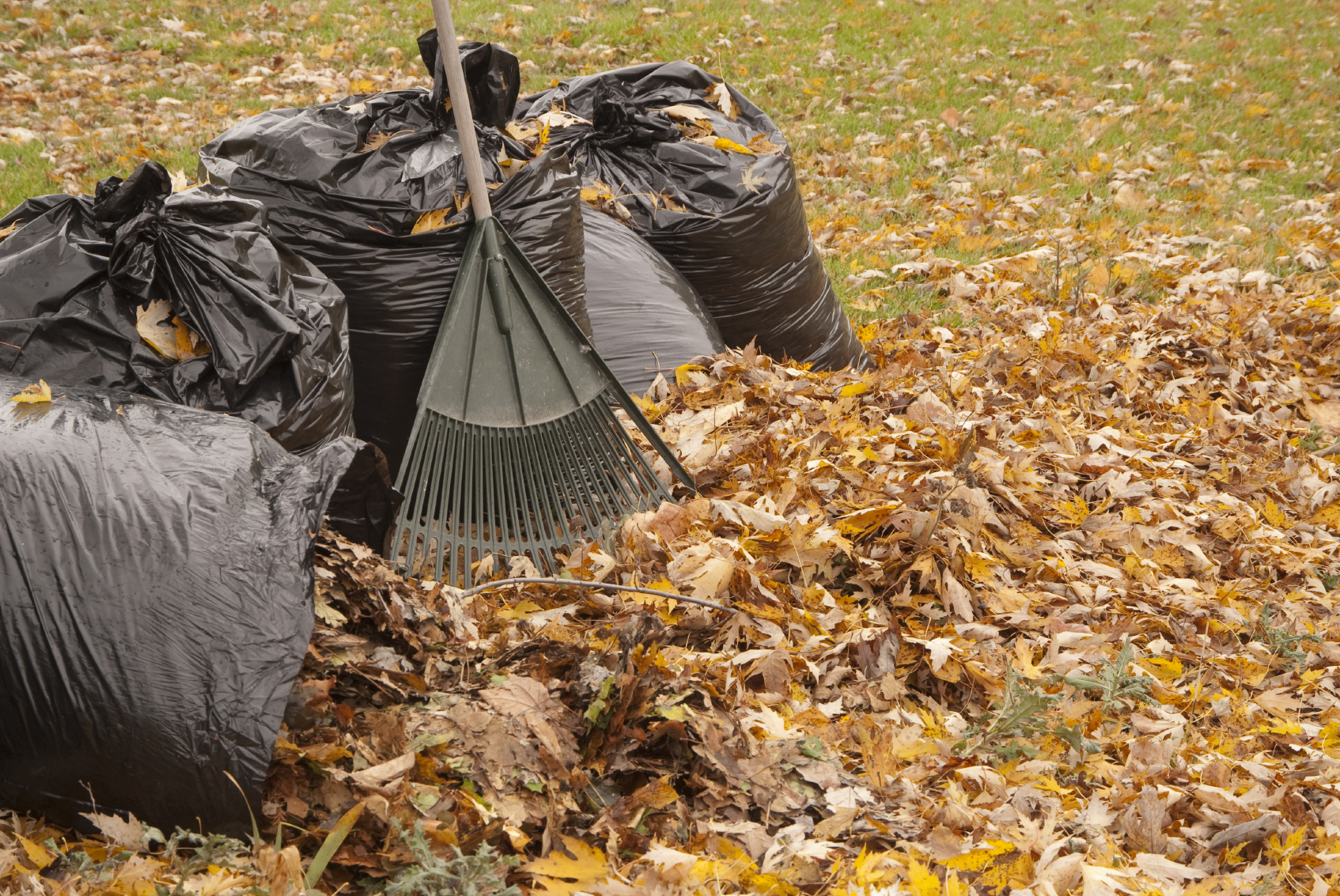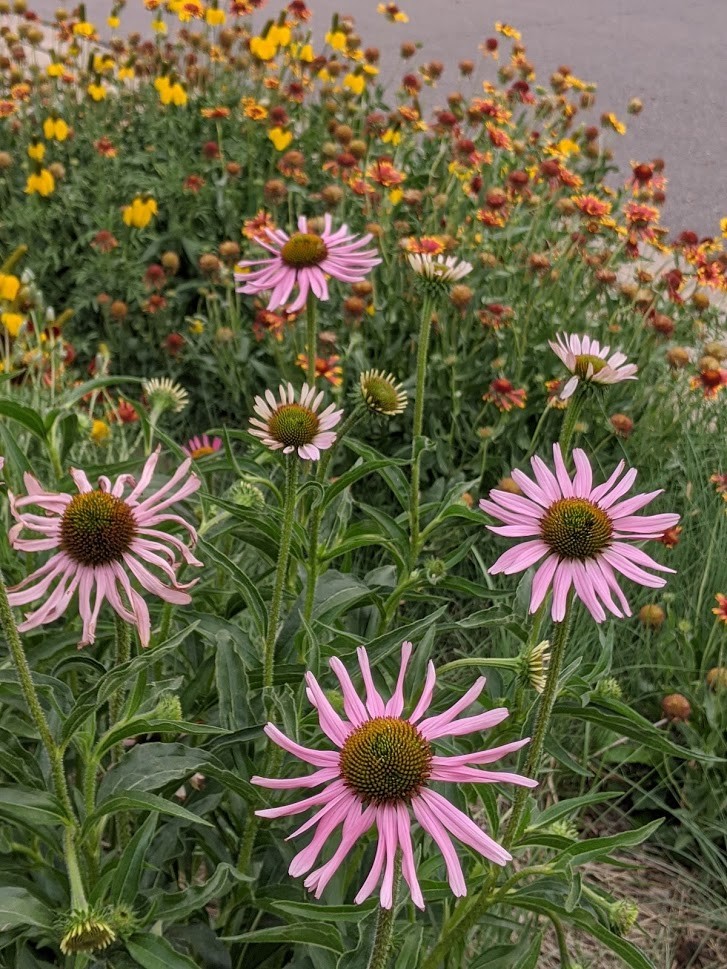
Yay for cool weather! Time to cut back outdoor water use
As we move through October, Denverites can take a breather from the summer weather and relish the cooler nights and mornings of fall.
And why not. Your lawn certainly is.
That’s why Denver Water’s standard summer watering rules only run until Oct. 1.
The arrival of cooler fall weather means homeowners can and should continue to dial back on watering their lawns, shut down sprinkler systems and begin preparations for next year.
The cooler temperatures mean plants don’t need as much water as they did at the height of summer’s heat, according to Denver Water experts.
If you water in October like you did in July, you’re not really helping the lawn because most of the water will just run off your landscape. All you're really doing is running up your water bill unnecessarily.
The lawn just doesn’t need as much water during fall compared to the summer months, according to landscape professionals with Associated Landscape Contractors of Colorado.
During October, lawns and landscape typically need water no more than one day a week.
Good steps to take now
As the leaves fall, rather than raking them and bagging them for the landfill, running over them with a lawn mower can save you time and energy. When shredded leaves are left on the lawn, they become a natural source of fertilizer, and fall is the best time to fertilize, according to landscape professionals.
Aerating the lawn also helps water and fertilizer reach the roots. It can be done any time the ground is not frozen, according to Colorado State University’s extension experts.
On average, the first freeze of the season occurs in Denver on Oct. 7.
As freezing temperatures loom in the weeks ahead, make plans to shut down sprinkler systems to avoid potential property damage from broken pipes and expensive repairs to the sprinkler system next spring.
And with the possibility that the drought conditions that have affected parts of Colorado this year will continue, this fall is also a great time to prepare for next year by identifying water-thirsty plants and unused or inefficient sections of decorative Kentucky bluegrass that could be replaced with less water-intensive options next year. Think of it as ColoradoScaping your landscape.
If drought conditions exist next year, or any year, homeowners will be ahead of the game if they identify places where they could cut back on water use while maintaining a vibrant landscape that fits naturally into Colorado's climate.
After all, we live in a a time of increasingly variable weather patterns and a warming climate. The question to ask yourself is: Is your landscape ready?



